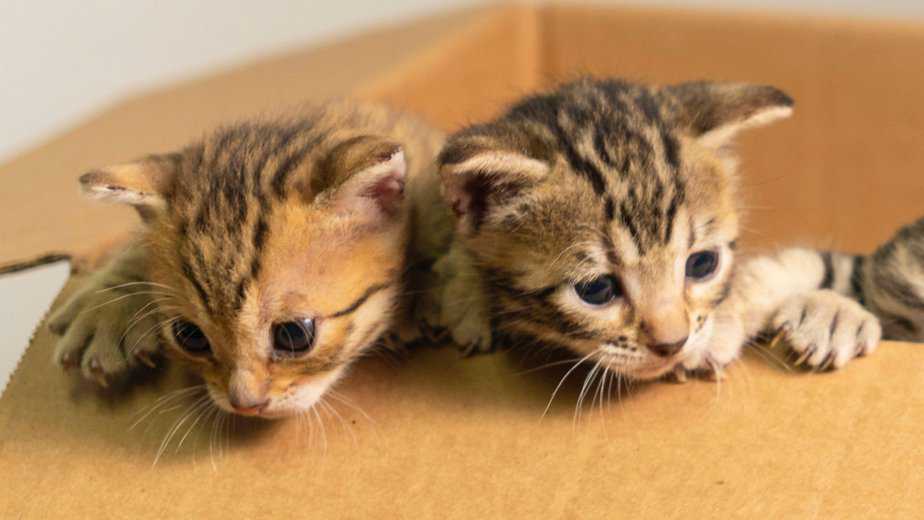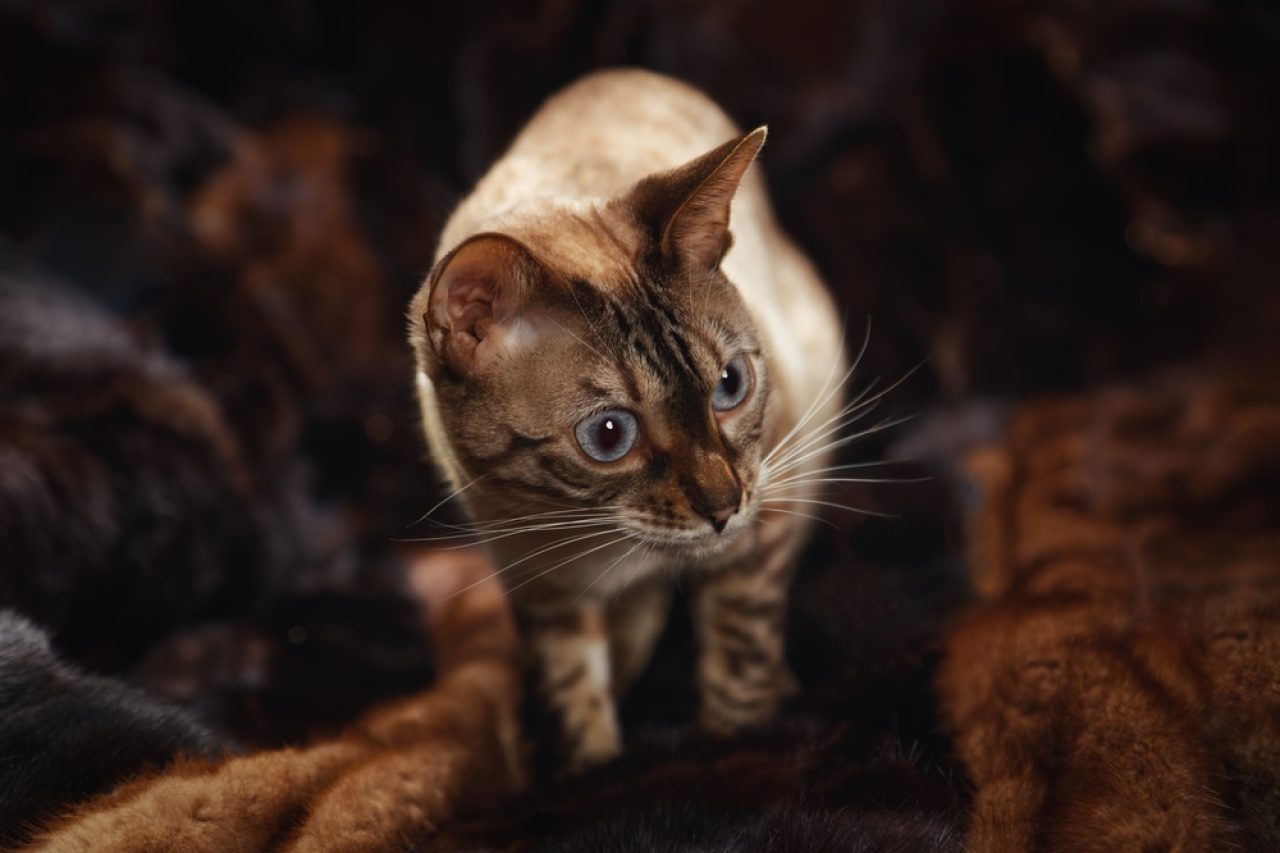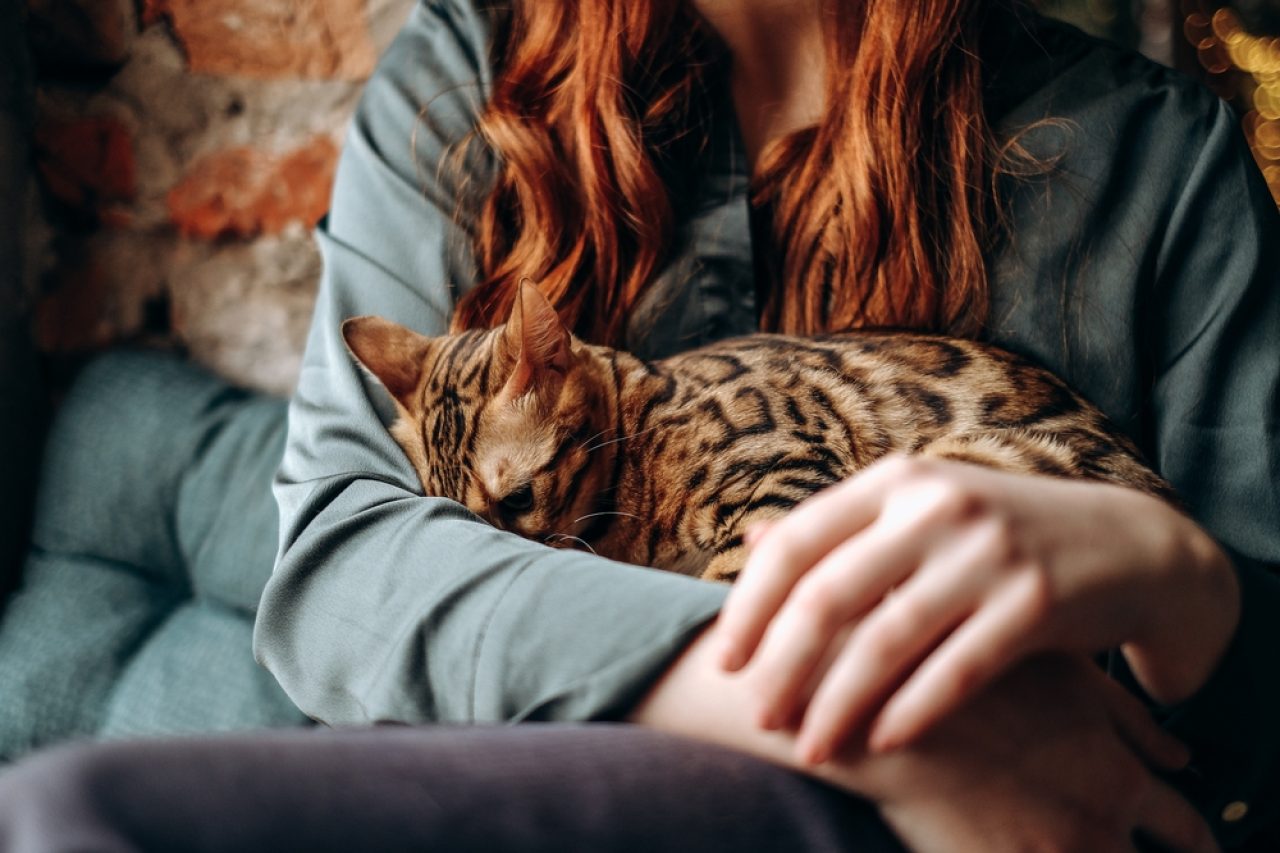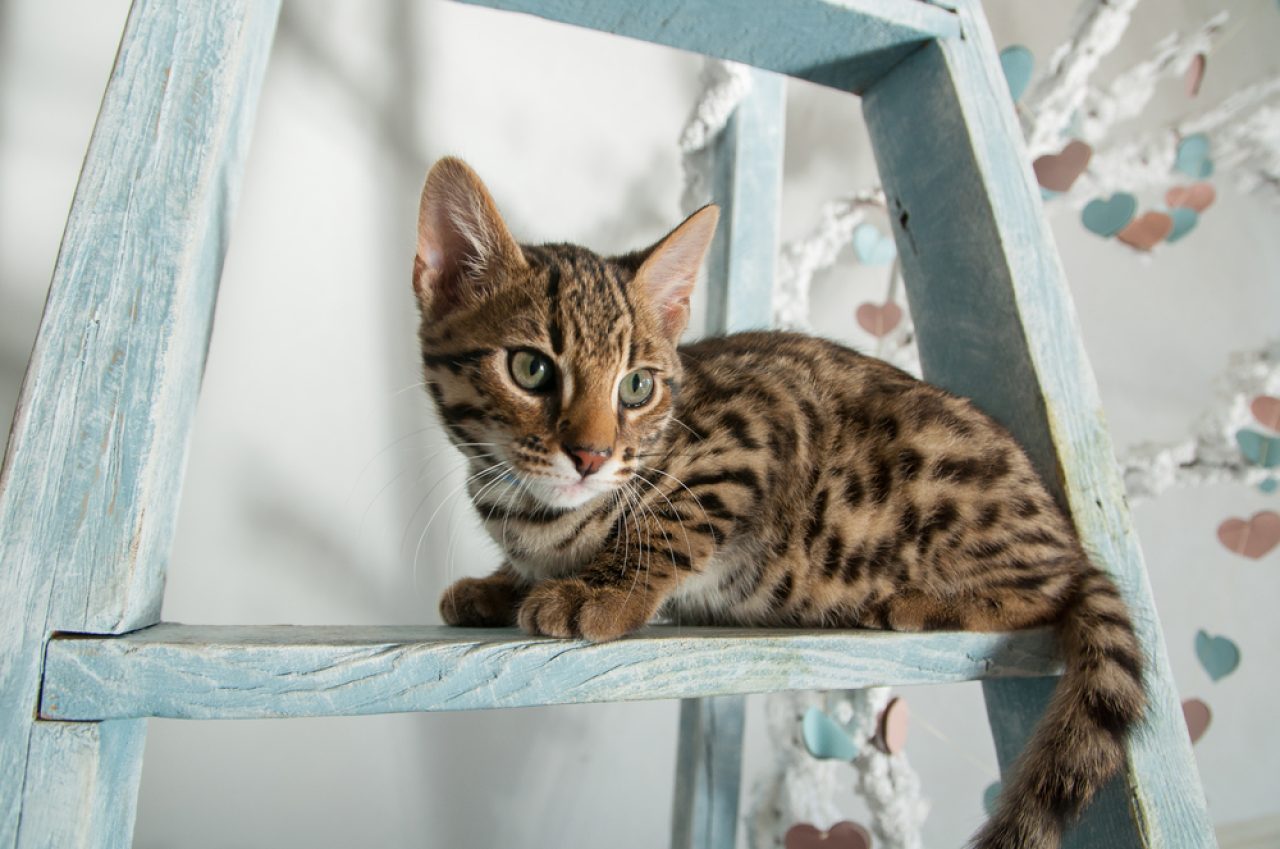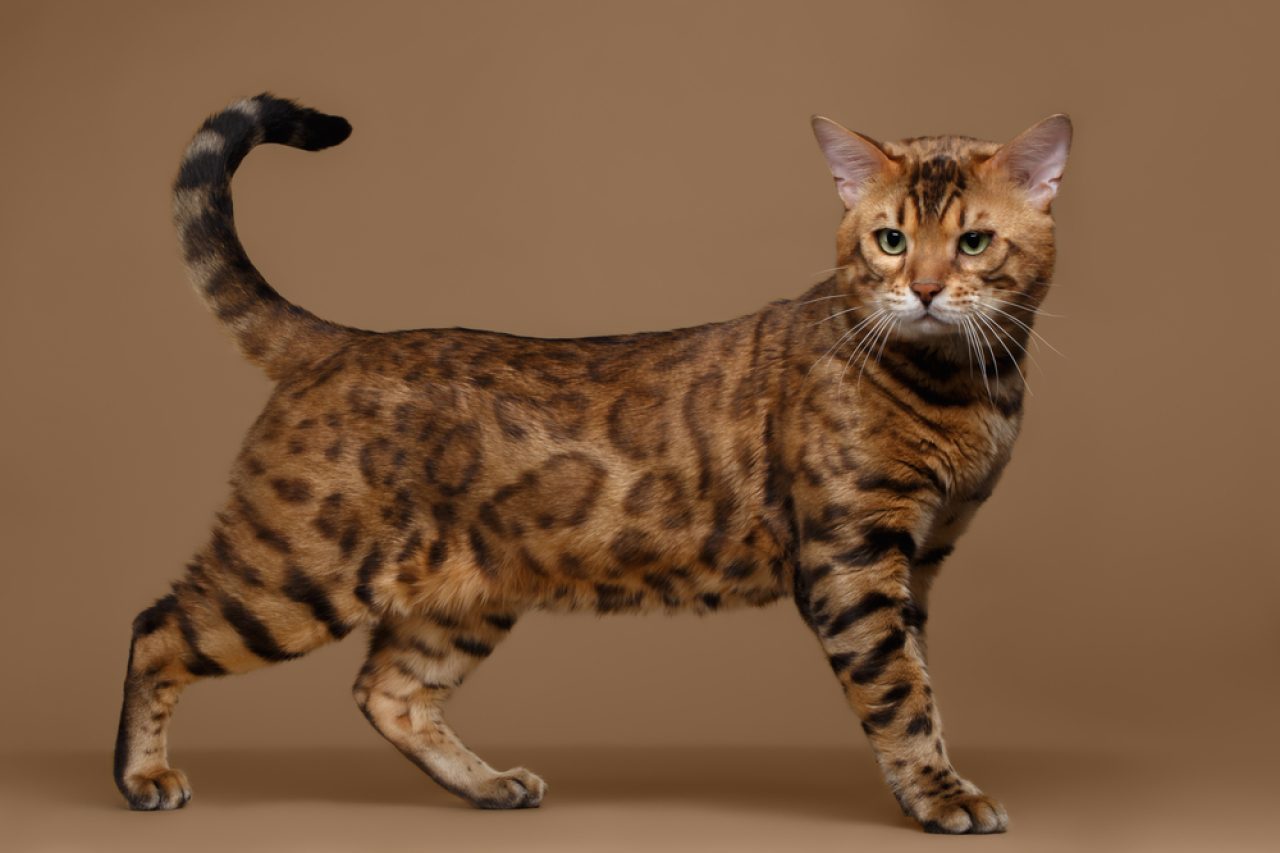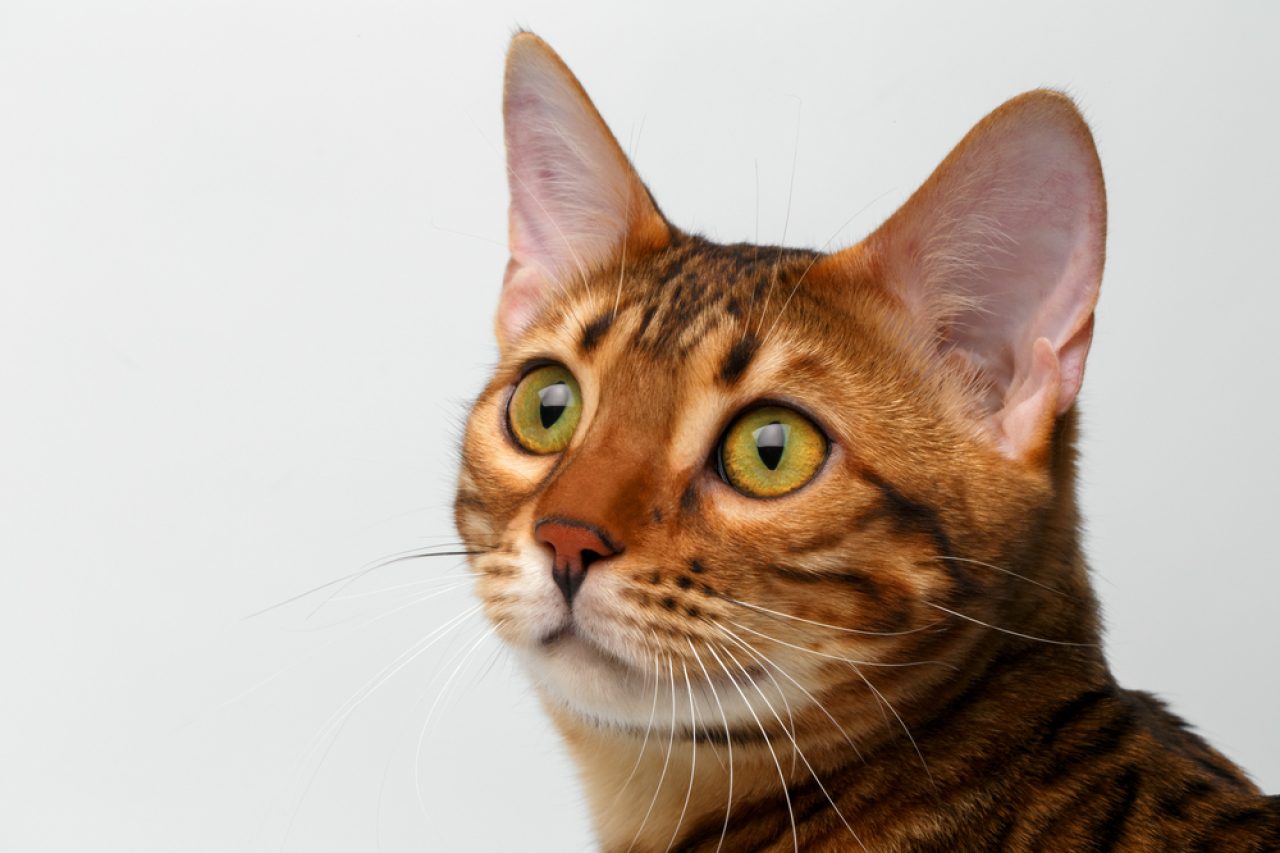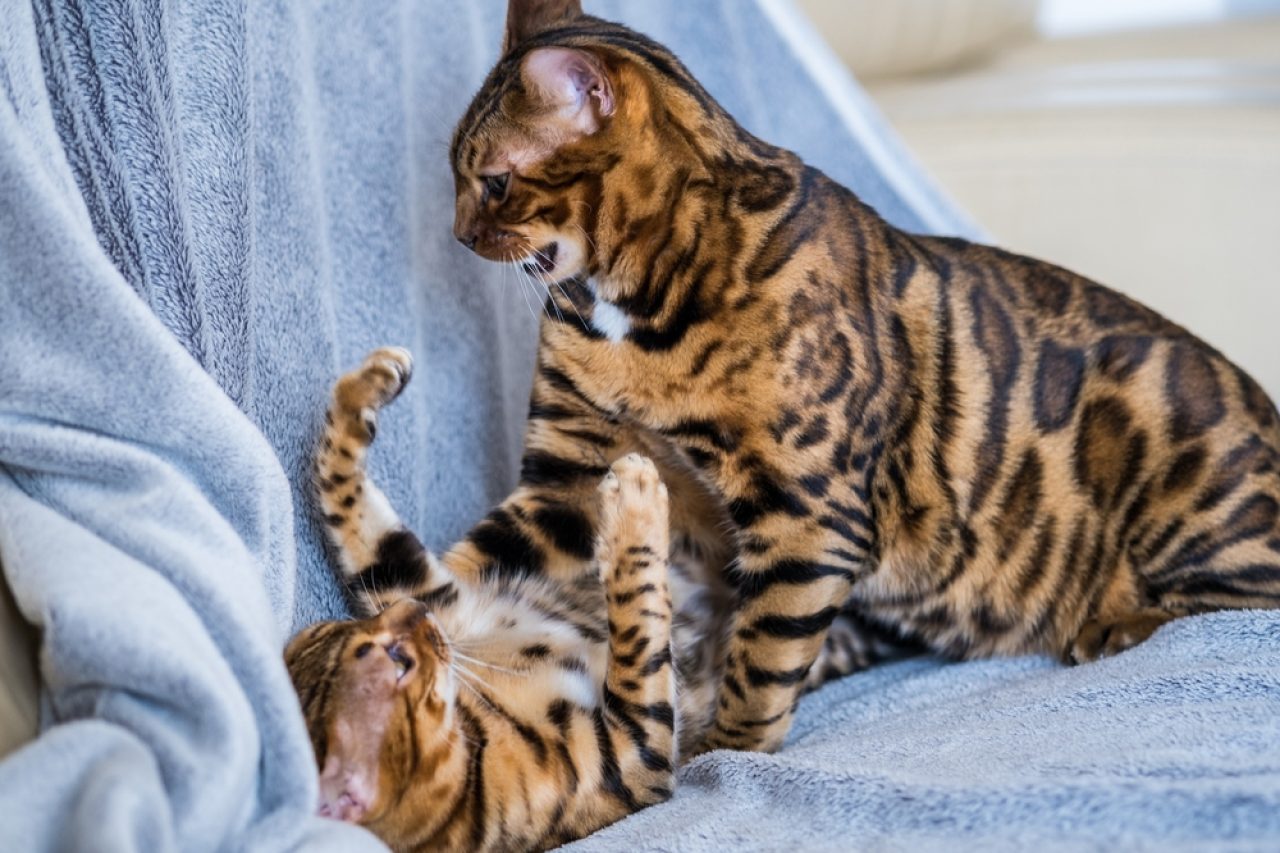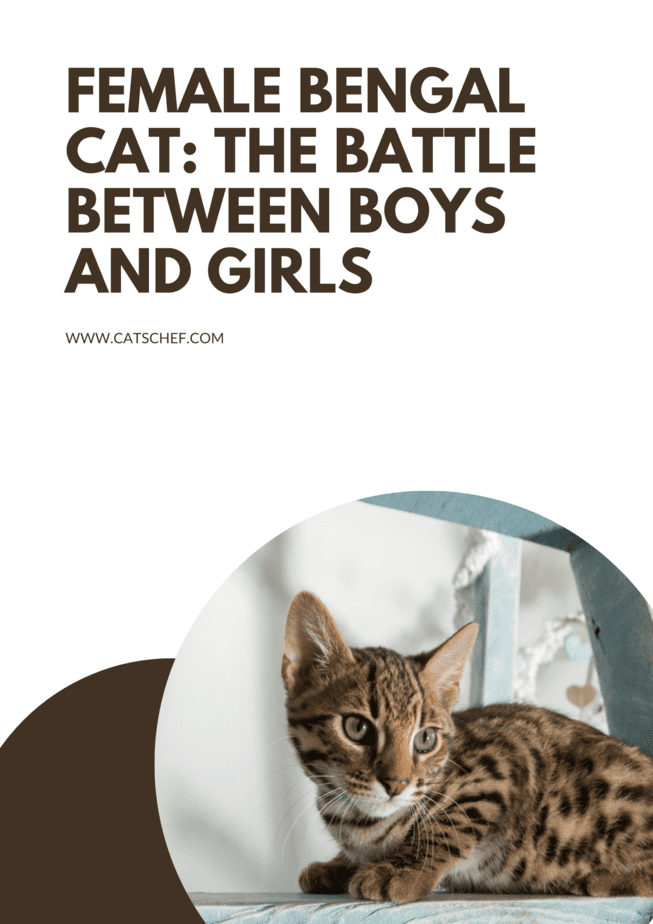📖 Table of Content:
Bengal cats are the best because they can bring a dash of wilderness to your boring existence. These Lilliputian leopards make for purrfect pets because they’re affectionate and appreciative even though they look like they could tear you apart. But, is a female Bengal cat better than a male Bengal cat?
While we are going to explore the possibility that there’s a considerable difference between male and female Bengal cats, we can’t do that without a brief overview of the breed. What even are Bengal cats? Where did they come from? How did they become one of the most popular breeds out there?
First things first, Bengal cats are a combination of an Asian leopard cat and a domesticated cat. Now, the cross has happened as early as the 1800s. However, the breed wasn’t recognized and accepted before the 1990s because of its wild nature.
A breeder by the name of Jean Mill was the first to create a Bengal cat that was considered “truly domesticated.” Bengal cats go through an extensive classification process to ensure they have abandoned that wild nature.
For example, an Asian leopard kitten would be an F1. But, a domesticated Bengal cat would have to be at least F4 (preferably F6). Come what may, the Cat Fanciers’ Association accepted the Bengal cat around 1996.
With eye-popping coat colors (and patterns) and warm, affectionate purrsonalities, Bengal cats (female and male) have taken the world by storm. Now, we’re bringing you everything you need to know about the difference between the two genders.
Female Bengal cats and male Bengal cats: What’s the most conspicuous difference?
You’d think that you couldn’t notice a difference between a female Bengal cat and a male Bengal cat, right? You’re not wrong – these two look pretty much the same. Even more so when you’re not a breeder or someone who spends a lot of time observing Bengal cats.
Both female and male cats have long and lean, muscular bodies that ever-so-slightly differ from one another. Female Bengals are generally shorter (reaching anywhere between 8 to 12 inches) and heavier (stacking up 8 to 16 pounds).
On the other hand, male Bengals are typically 9 to 13 inches long and 8 to 14 pounds heavy. Of course, both genders have dense, short coats that can assume a bunch of color combinations and patterns.
Brown, silver, snow, chocolate, sable, lavender, charcoal, and black are some of the colors you can look forward to regardless of which gender you pick. Both genders can be spotted, marbled, or even sparbled – you can’t escape those leopard-like rosettes either way.
Oh and, the most common eye colors are brown, yellow, orange, and green. Other than that, female and male Bengal cats don’t share that many differences (appearance-vise).
Female Bengals tend to be a little chubbier, shorter, and stockier, while males appear more lean and limber. Either way, whichever gender you choose, you’re looking at 12 to 16 years of pure happiness.
Female Bengal cats 101
1. What are they like?
Before we start, we have to emphasize (once more) that both genders are super similar to one another. Therefore, the differences we’re about to discuss are very, very minuscule compared to (for example) differences between two breeds.
Starting with purrsonality, female Bengal cats are affectionate, appreciative, and warm. First and foremost, they’re great with humans. They love playing with toys, learning different tricks, and hanging out outside.
They’re great with children because they have that maternal instinct that makes them more gentle and cautious around the offspring.
Other than that, they’re not as self-sufficient as male Bengal cats. While they don’t mind being alone for longer periods, they prefer when they’re spending quality time around humans and other cats.
When they’re going through the heat cycle, they’re a little aggressive and annoying (something to keep an eye on). And, they’re very, very curious which doesn’t seem to be the case with male Bengals.
Female Bengals are more likely to follow you around the apartment, show up when you think they’re busy doing something else, and even cause trouble when bored.
2. How do they react to training?
Bengal cats (female or male) respond great to training. When we’re talking about litter box training, there are different ways to approach the problem.
Granted that you have a young Bengal kitten that doesn’t know how to use the litter box, don’t shy away from placing her poop or pee (don’t ask how) into the box.
When you do that a couple of times after she goes potty somewhere else, she should be able to understand you’re asking her to do that in the box. At the same time, female Bengals are easy to train when we’re talking about different tricks, games, and activities.
One of her favorite activities might be walking on a leash. She gets to leave the house and explore her surroundings. Don’t forget to take her to the park and (carefully) socialize her with other cats while she’s a kitten.
Not to mention that Bengal cats respond great to positive reinforcement. Therefore, when you’re trying to teach her pretty much anything, make sure to provide her with plenty of treats whenever she does something right. She won’t have a problem understanding that’s what you want her to do.
3. What’s the best way to take care of them?
Bengal cats are high-maintenance compared to other breeds because they require a little bit of effort to make them happy. Before anything else, Bengal cats need physical activity and mental stimulation (whether that be with toys or other means).
Female Bengals are social creatures – they love hanging out with humans, goofing around with other cats, and meeting other animals (they’re even great with dogs).
When you’re looking for a way to provide them with everything they need, make sure you’re putting these things first (alongside proper nutrition and affection, of course). On the contrary side of things, female Bengal cats appear to have more health problems than male Bengal cats.
For starters, unspayed female Bengals might deal with ovarian cancer, ovarian cysts, and uterine infections down the line. Not to mention the hormonal changes that occur when they’re going through the heat cycle.
They might start peeing everywhere they can, meowing (caterwauling and yowling rather than meowing), and assuming the mating position at all times. They also might become more aggressive, as we mentioned a couple of paragraphs ago.
Male Bengal cats 101
1. What’s their purrsonality like?
We already touched upon the fact that Bengal cats (female or male) share the same characteristics when we’re talking about temperament. Both genders are adoring, caring, and great with humans (little or not-so-little).
While female Bengal cats prefer hanging out with children, male Bengal cats are more suitable for grown-ups and seniors. That’s simply who they prefer. Male Bengal cats are rarely aggressive (despite those nasty rumors tarnishing their reputation).
Sure, they look like they could attack you at any moment. But, they won’t attack anyone without being provoked, overwhelmed, or stressed out. They make sure you know they’re not comfortable by literally vocalizing how they feel.
Male Bengal cats are more chatty than female Bengal cats. They won’t meow excessively when they’re lounging around the apartment or minding their own business.
They only meow (growl or yowl) uncontrollably when they’re uncomfortable with whatever’s going on and that’s your cue to react accordingly. Stop petting them, turn off loud sounds, or take them to a different room.
Other than that, male Bengal cats are absolute sweethearts. Don’t worry, they won’t meow your ears off except for when they’re super, super hungry.
2. What’s the best way to train them?
Male Bengal cats might require a little bit more tolerance and composure when we’re talking about training. Don’t get me wrong, Bengal cats are some of the most intelligent, quick-witted breeds out there.
But, that’s not to say that you can only show them something once and expect them to learn right there and then. Therefore, when you’re training a male Bengal cat, make sure you prepare a bunch of treats (for positive reinforcement) and patience to repeat everything when necessary.
Male Bengal cats prefer to learn somewhere where they feel safe and secure (with not as many strange sounds and conundrums). And, same as with female Bengal cats, you can teach them to walk on a leash, play fetch, and do a bunch of TikTok trends.
Truth be told, you can teach them pretty much anything you want as long as you take your time and put the emphasis on… Treats, of course.
3. What are their living needs?
Health’s one of those things you can affect greatly with proper nutrition, physical activity, appropriate environment, and affection you provide your Bengal cats with. However, there are numerous health niggles to keep an eye on regardless of gender.
As for male Bengal cats, you might want to schedule regular veterinarian checkups to ensure you keep track of viral and bacterial infections. Vaccinations should keep them at bay, though.
Male Bengal cats might also have problems with their teeth and their eyes. Dental problems can be prevented with regular checkups (duh?). Cataracts (and other eye problems) don’t occur before a Bengal reaches old age.
And, heart disease (hypertrophic cardiomyopathy) seems to only be a problem among those Bengals whose parents had the same disease.
Other than that, we should mention that male Bengals don’t shed excessively, at least not compared to other breeds. Brush them once a week and arrange an occasional bath – which shouldn’t be a problem since male Bengals love water.
Female Bengal cats vs. male Bengal cats: Who’s the winner?
Of course, whether you choose a female Bengal cat or a male Bengal cat depends on your personal preferences. Trust me, you can’t go wrong with any of them, considering they’re both sweet, affectionate, and charming. Not to mention that they’re both very, very fond of humans – always a plus.
On one hand, female Bengal cats might become a little “cuckoo for Coco Puffs” during the heat cycle. But, as long as you make sure they’re spayed, they shouldn’t cause that much trouble.
On the other hand, male Bengal cats might be a little too self-sufficient. However, when they do feel like cuddling, they make up for the lost time.
Who wouldn’t want to spend every moment of the waking hour with a cat that can play fetch or walk on a leash like a dog? And, who wouldn’t want to be a parent to a cat that looks like a dwarfish leopard?!
Take this from me – whichever of these genders you decide to rescue, adopt, or purchase, you’re the one going home with a BFF at the end of the day!
